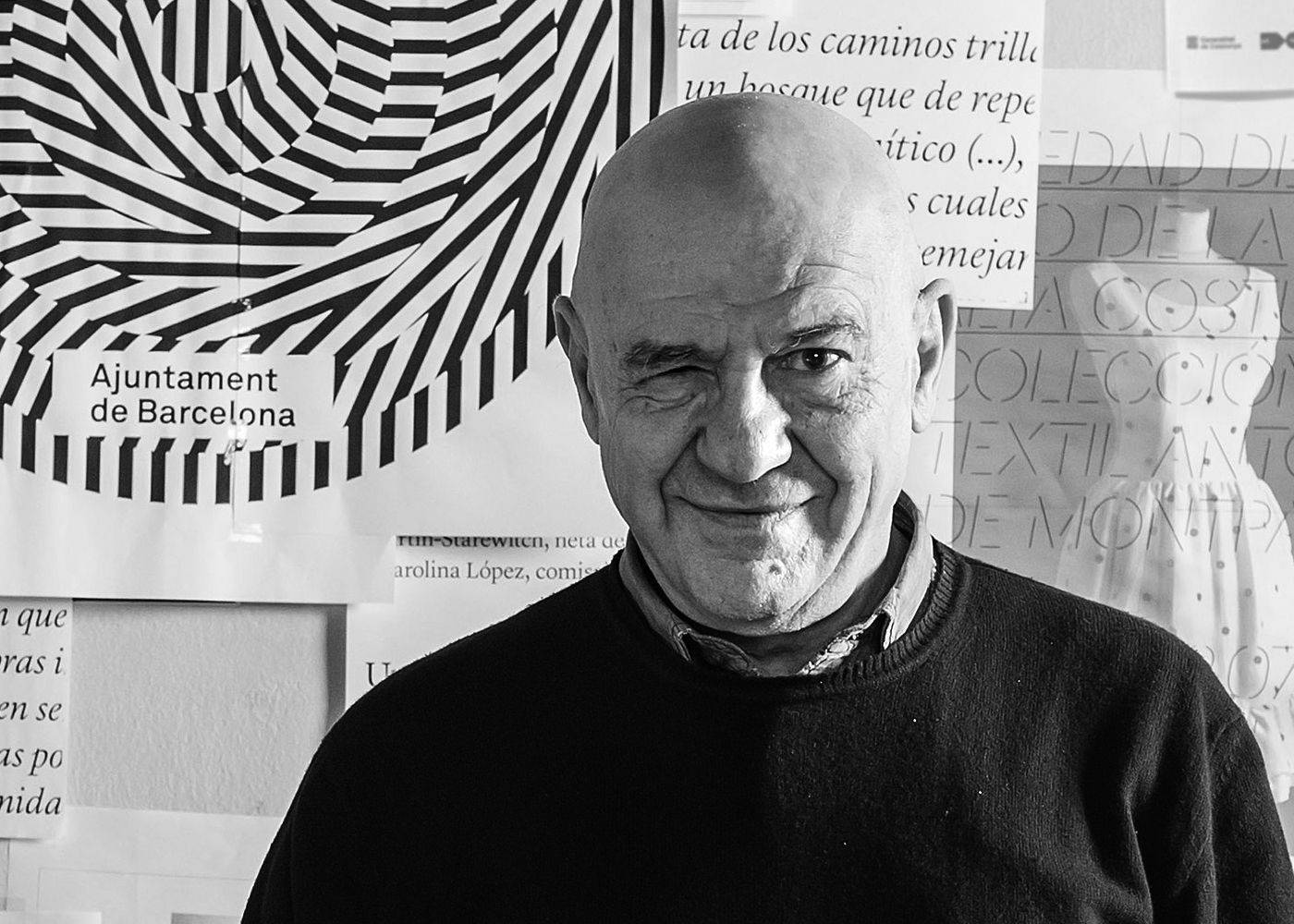RIO DE JANEIRO, BRAZIL – Mario Eskenazi, from Córdoba, went to Spain at the age of 25 because he felt that design was his thing although he had studied architecture. He is 72 years old and not only fulfilled his project of becoming a designer, but he is already an icon; dozens of brands bear his signature.
Forty years ago he began his climb with Banca Catalana and successive successes followed, such as Evax (Procter & Gamble), Banco Sabadell, Canaribank, Grupo Tragaluz, Banco de Crédito Andorrano, Transporte y Limpieza de Barcelona, Cervezas Damm and publishing houses Planeta and Paidós, among many others.
Speaking to La Nacion newspaper from his studio in Barcelona, he says that he decided to emigrate because he did not feel comfortable in Argentina: “Those were years of violence, there was already a lot of censorship. I watched a lot of European cinema, and that pushed me to look towards Europe”.
Read also: Check out our coverage on Argentina
He studied and worked at the Radio and Television Services (SRT) in those years. His mentor decided to go to Venezuela. He competed and won the position, where he continued learning alongside Cachoíto, a well-known designer and illustrator in Córdoba.

“I was there for two years, (Juan Carlos) Onganía and (Roberto) Levingston passed; the channel was managed from Buenos Aires; it ceased to be what it used to be. The design was over, and I decided to continue; I did not like the country. I didn’t want to go to Buenos Aires, so I decided to travel to Europe. I had very little money, and I started in Spain because of the language, thinking about London later, the Mecca of design.”
Eskenazi recalls that a former colleague of his, now living in the United States, told him to go there and “not to the Middle Ages”. Although in Spain he was attracted to Barcelona, already a design reference and an essential editorial center, as the plane arrived in Madrid, he took advantage of an acquaintance there, contacted him, and recommended him for a studio in the Canary Islands.
There he worked as an architect and freelance designer. “Life was easy, but I wasn’t doing design,” he continues. I thought, ‘if I stay a while longer, I won’t move anymore.’ Hence, I went looking again.” He spent some time in London, where he had the idea of joining an illustration studio that, in those years, was very important. A visit to Pentagram’s and seeing young people his age “pasting letters” made him think twice. “If I go in, I’ll end up like this.”
Eskenazi says that he owes the “culprit” for 80% of what he is to another Argentinean, América Sánchez, a photographer, draftsman, teacher, and graphic designer who is well known in Spain. They worked together for a while, and then -even though they were friends- they separated. He joined as a collaborator of another professional to design some oil cans, and soon after, the project for Banca Catalana appeared.
“I never stopped,” he says. There were never more than four of them in his studio because he likes to participate in “everything”. “I never wanted to be an agency, a design company; I never had a representative,” he emphasizes.
He maintains that he is not “arrogant” enough to say that he “chooses” what to work on, but he does point out that he opts for those initiatives in which there is personal treatment: “I have to believe the client, the product; when they call me for a new project in the meeting I already see if there will be feeling or not; otherwise I make very high budgets because if I do it, it has to be for a lot”.
He indicates that he does “a lot for free, for pleasure” and that, just as when he started, the essence of design is maintained. “It’s culture and identity; what has changed is the technology.” Eskenazi reviews that in his career, many times he modified the way he worked; he started with metal type, then phototypesetting, and now, digital.
“I had a dream of working for an art center, and I did it ten years ago, at the one in Santa Monica,” he concludes. I like designs that are on the street, that are alive, cultural and social projects”.
With information from La Nacion

